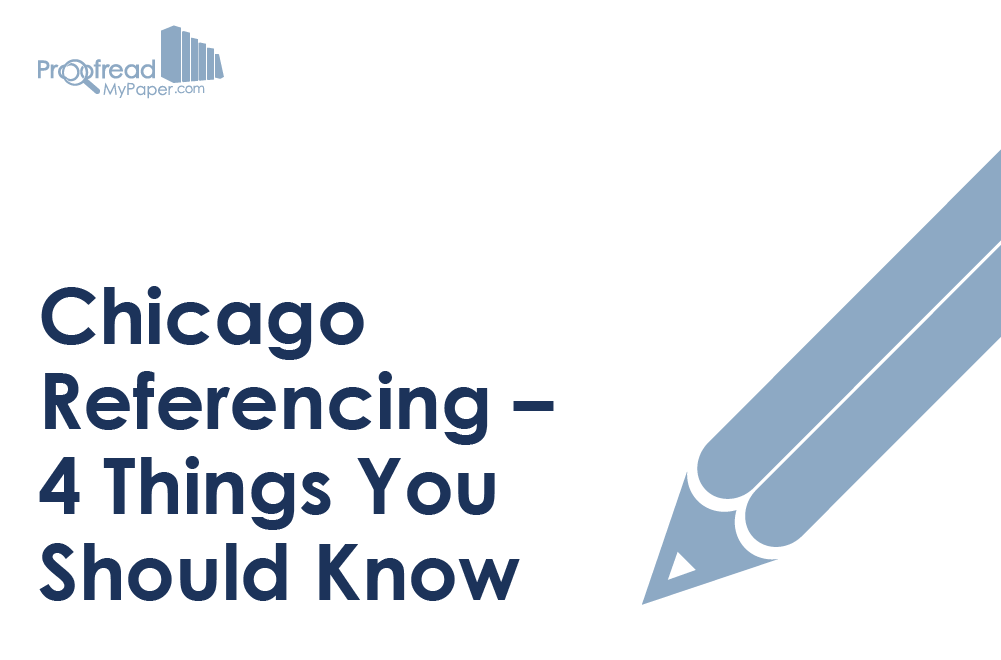Chicago referencing is a flexible system for citing sources in academic writing. If it’s your school’s chosen system or you’re writing a paper for a journal, knowing how to use it is vital. Before you set to work, though, there are a few things you should know. Read on to find out more!
1. The Chicago Manual of Style
Chicago referencing is set out in The Chicago Manual of Style. Currently on its 17th edition, this guide includes details on every aspect of editorial practice, from grammar to formatting. In the U.S., The Chicago Manual of Style is commonly used by publications in the social and human sciences. However, if your college simply specifies “Chicago referencing,” it’s only the rules for citing sources that you need to worry about.
2. One Manual, Two Styles
Chicago referencing actually covers two citation styles:
- Author–date citations, where you cite sources in brackets in the text.
- A footnote and bibliography system.
And due to this double system, it’s crucial to check which one your school prefers before you start writing.
Author–date citations require giving the author’s surname, year of publication and (if relevant) page numbers in brackets:
The New World was colonized around 11,000 B.C. (Diamond 1997, 67).
This is accompanied by full publication detail in a reference list.
The footnote and bibliography system, meanwhile, cites sources with superscript numbers in the main text. You can then give source information in footnotes (as well as in a bibliography). The first footnote for the source named above, for example, would appear as:
1. Jared Diamond, Guns, Germs & Steel: A Short History of Everybody for the Last 13,000 Years (London: Vintage, 1997), 67.
The footnote version also gives you the option of either:
Find this useful?
Subscribe to our newsletter and get writing tips from our editors straight to your inbox.
- Using full footnotes without a bibliography
- Using only shortened notes with a bibliography
However, most schools prefer you to use both full notes and a bibliography. For more on the shortened footnote format, see the “Subsequent Citations” section below.
3. Subsequent Citations
With the author–date system, citing the same source more than once simply requires giving the author’s name and year of publication each time.
With the footnote and bibliography system, however, you should shorten subsequent citations to just the author’s surname, a shortened title and relevant page numbers:
1. Jared Diamond, Guns, Germs & Steel: A Short History of Everybody for the Last 13,000 Years (London: Vintage, 1997), 67.
2. Diamond, Guns, Germs & Steel, 23.
4. Reference List/Bibliography
The two citation systems covered by Chicago referencing use a similar format for creating a reference list/bibliography, but there are differences.
The information required for a book in a reference list when using the author-date system is:
Author Surname, First Name. Year. Title. City of Publication: Publisher.
With the footnote and bibliography system, on the other hand, publication information should be presented as follows:
Author Surname, First Name. Title. City of Publication: Publisher, Year.
